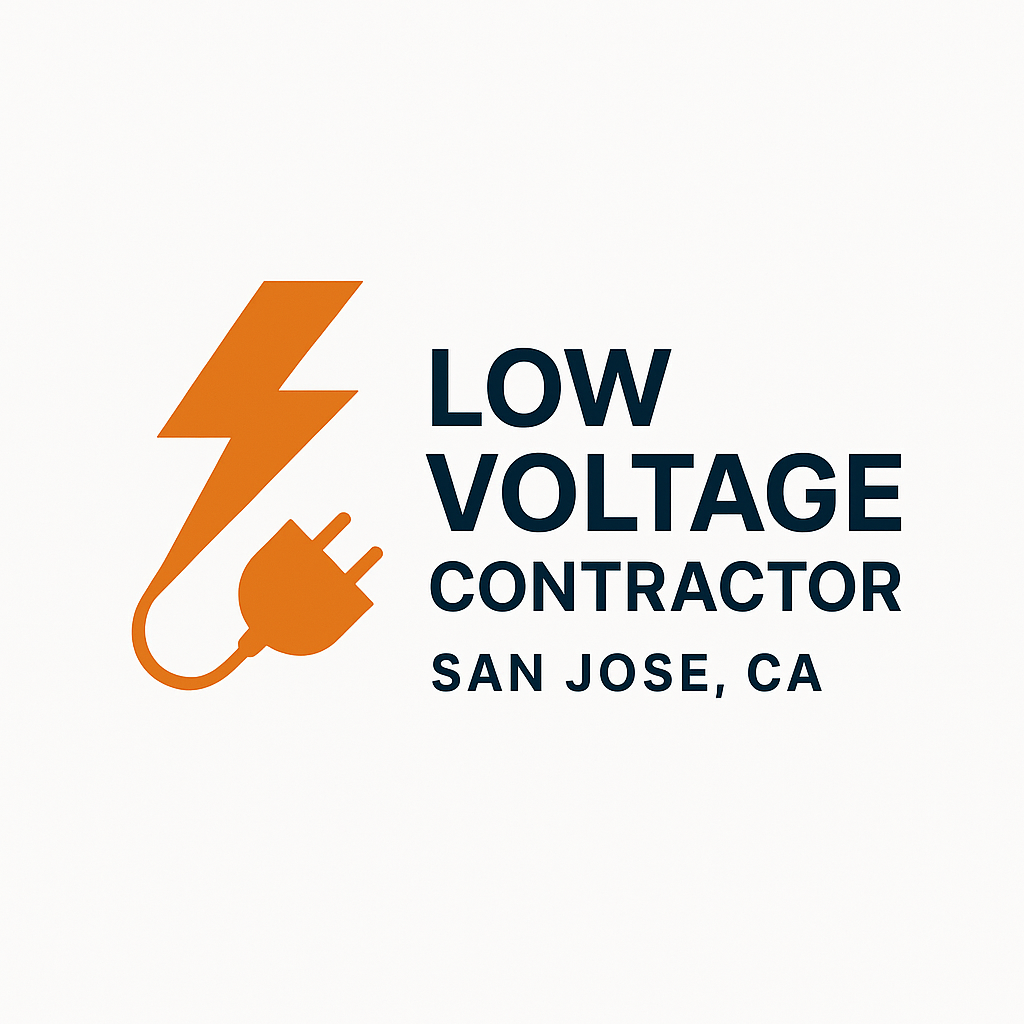Common Low Voltage Installation Mistakes San Jose | Expert Tips & Prevention
In San Jose, businesses and homeowners increasingly rely on low voltage systems for communications, security, automation, and networking. When these systems are installed improperly, they can lead to performance issues, safety hazards, and costly repairs. In this blog, we explore the most common low voltage installation mistakes made in the San Jose area and offer guidance on how to avoid them.
Because we understand San Jose’s climate, building types, local codes, and infrastructure, this content is tailored for property owners and contractors in our city.
Why Local Insight Matters for Low Voltage Work in San Jose
- The Bay Area’s mix of older buildings, modern developments, and seismic considerations affects cable routing and support.
- Local municipal codes and permit requirements in San Jose influence installation practices.
- Environmental factors such as fog, humidity, and temperature swings can affect cable insulation and equipment longevity.
- Proximity to major tech firms and data-centric businesses in San Jose often means stricter expectations for system uptime and performance.
With those in mind, below are the pitfalls commonly seen in this region and how to avoid them.
Top Low Voltage Installation Mistakes in San Jose
1. Inadequate Cable Gauge or Undersized Conductors
Using a cable gauge that is too small for the load can cause voltage drop, signal degradation, or overheating. In data, security, or access control circuits, voltage drop may lead to inconsistent performance, especially over long runs in large commercial buildings in San Jose. Always calculate required gauge based on length, current, and acceptable voltage drop thresholds.
2. Poor Cable Path Planning and Routing
One frequent error is failing to route cables thoughtfully. Examples include running low voltage cabling parallel to AC power lines (causing interference), crossing power lines at improper angles, or placing cables across structural members without protection. In San Jose’s mixed-use buildings, avoiding interference with HVAC systems, electrical conduit, and structural steel is critical.
3. Lack of Proper Separation From High Voltage Lines
Low voltage and high voltage lines should maintain proper separation to prevent electromagnetic interference and safety issues. A common mistake is bundling low voltage with conduit that carries AC power or placing them too close without shielding. Always follow separation standards.
4. No Surge Protection or Inadequate Grounding
San Jose’s occasional storms and electrical fluctuations demand robust surge protection and grounding. Skipping surge protection devices or improper grounding can lead to equipment damage, especially in network, security, and telecom systems.
5. Poor Termination and Connector Quality
Poor terminations—loose connectors, improper crimps, or over-tightened fittings—are frequent causes of system failures. In access control panels, CCTV, or data racks, sloppy terminations lead to intermittent problems. Use high-quality connectors and follow manufacturer specifications strictly.
6. Ignoring Pull Tension and Bend Radius Limits
Dragging cable through tight pathways without respecting bend radius or applying excessive pull tension can damage internal conductors. In San Jose’s retrofit projects in older buildings with tight utility spaces, such damage causes hidden failures or limitations.
7. Overlooking Documentation and Labeling
Many installers skip documenting cable runs, labeling endpoints, or mapping systems. That oversight makes future troubleshooting or expansion difficult for property managers or technicians in San Jose. Always label both ends, keep diagrams, and store documentation onsite.
8. Inadequate Testing and Certification
After installation, failure to perform adequate testing (e.g. continuity, insulation, performance under load) is a major mistake. In a high-tech environment like San Jose, clients expect verified performance. Skipping tests leaves room for hidden faults.
9. Not Accounting for Future Expansion or Capacity
Designing strictly for current demand without room for growth constrains future upgrades. In fast-growing San Jose, many businesses expand quickly. Allow spare conduit capacity, extra cable slack, and expansion ports.
10. Noncompliance With Local Codes and Permits
Some installers neglect to obtain proper permits, or fail to meet San Jose municipal or state low voltage standards. That can lead to fines, failed inspections, or forced remediation later. Always verify local permitting rules and comply fully.
How to Avoid These Mistakes: Best Practices for San Jose Installations
- Pre-installation planning: Survey the site, map major paths, locate power sources, and plan for future growth.
- Use proper materials: High quality cables rated for local environmental conditions, connectors, protective conduits, and surge protection.
- Strict adherence to standards: Respect separation guidelines, bend radii, pulling tension, and grounding best practices.
- Permitting and code compliance: Research San Jose’s permit requirements and electrical and building codes before beginning work.
- Comprehensive testing: Perform tests immediately after installation and document performance.
- Clear documentation and labeling: Mark every cable, maintain wiring schematics, and store digital and hard-copy documentation on site.
- Plan for scalability: Allocate extra capacity in conduits, leave slack in cables, and design modular systems to grow over time.
- Continuous training and quality checks: Ensure technicians are current with low voltage standards and perform quality audits on installations.
San Jose Specific Considerations
- Many buildings in San Jose are older and may have limited conduit paths or tight utility chases, so routing and retrofit planning is especially important.
- Seismic zones in the Bay Area demand secure cable supports, strain reliefs, and anchoring to avoid damage during movement.
- Local permit offices in San Jose may require stamped drawings or certified installers for low voltage work, so ensure credentials and documentation are ready.
- Office parks and tech campuses often expect very high uptime and redundancy—design installations accordingly.
Conclusion
In San Jose, proper low voltage installation demands more than just running cable. Mistakes in gauge selection, routing, grounding, testing, and compliance can quickly erode performance, reliability, and safety. By planning carefully, using quality materials, respecting local codes, and documenting thoroughly, you can deliver systems that meet and exceed expectations.
If you are based in San Jose and need assistance designing, installing, or auditing your low voltage systems—or want to ensure your existing installation is error-free—reach out to a qualified local professional with proven experience in our city.
